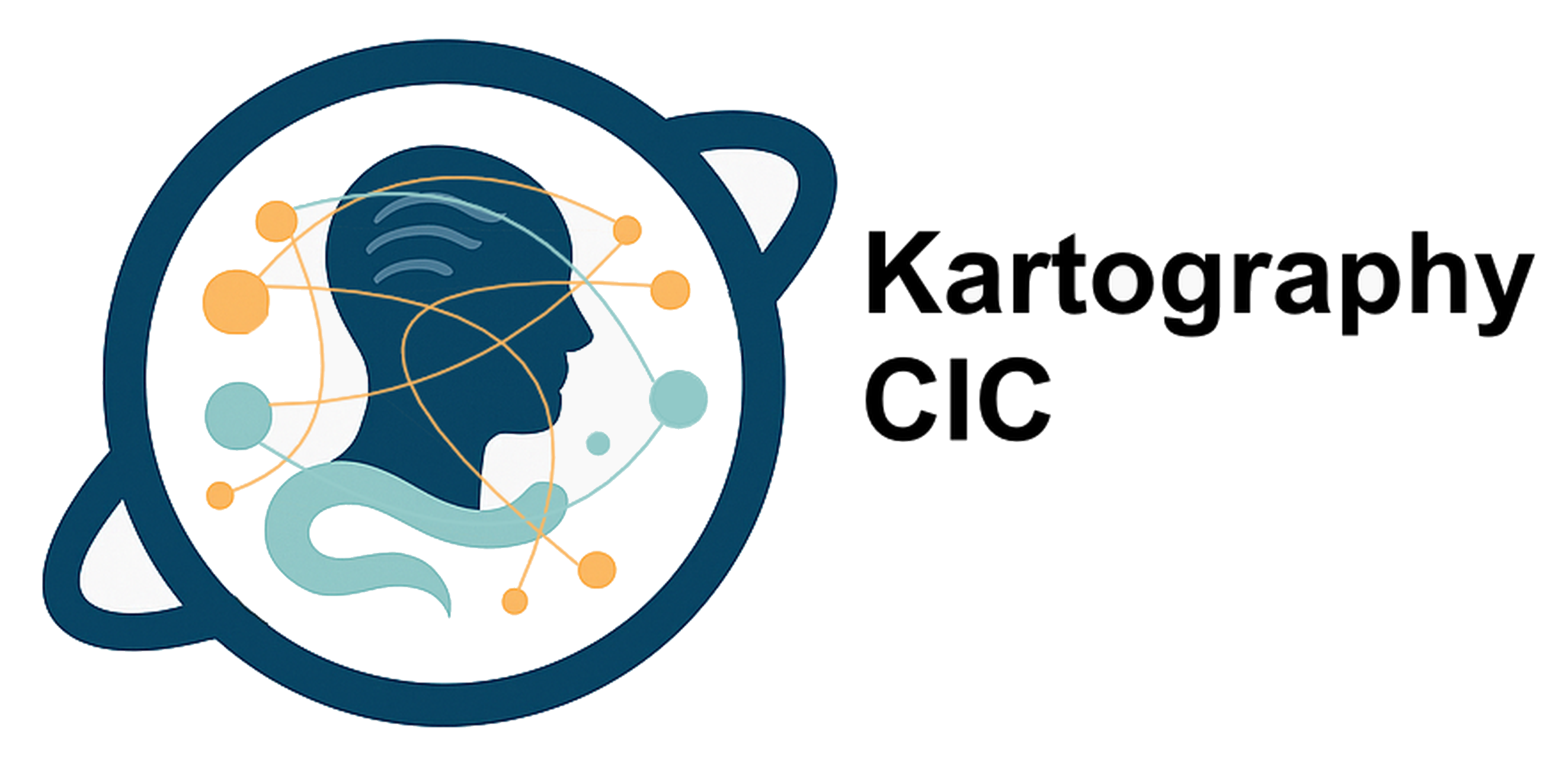ResearchSpace is Kartography’s semantic web knowledge platform — a dynamic environment where data, knowledge, and tools come together to support practice, research, thinking, and discovery. What makes ResearchSpace special is its capacity for evolution: every system built with it can grow, adapt, and transform as your research questions, collections, and collaborations develop.
Each ResearchSpace project is guided by a Thoughtful Design approach (Jonas Löwgren & Erik Stolterman) — a process that balances technology, people, and purpose to create digital systems that are not only practical, but meaningful and sustainable.
1. Understanding the World of Use
Goal:
Build a shared understanding of the people, data, and goals the system should serve.
We explore who will use the system, what collections, data, and stories it connects, and what success looks like in research, collaboration, decision-making, or public engagement. Outputs include user stories, scenarios of use, and knowledge maps linking people, data, and knowledge.
2. Exploring Possible Designs
Goal:
Imagine different ways the system could support your goals.
We sketch and discuss several possible designs — prototypes, workflows, and semantic models — to explore how the platform can best serve your context. The emphasis is on possibilities: how the system might evolve over time, and how flexible models can support new forms of collaboration and discovery.
3. Making It Concrete
Goal:
Turn selected ideas into an initial, working ResearchSpace.
Using the platform’s dynamic configuration tools, we set up data models, import sample data, and create views and components that match your workflows. From the beginning, the system is designed to adapt easily — new models, interfaces, and integrations can be added without starting from scratch.
4. Reflection and Refinement
Goal:
Learn from real use and refine the system.
We observe how people interact with the prototype and use that feedback to improve the data model, interface, and user experience. Because ResearchSpace is modular and semantic by design, changes and extensions can be made quickly, allowing the system to mature through reflection and dialogue.
5. Sustaining and Evolving
Goal:
Enable long-term growth and innovation.
Every ResearchSpace system is built to keep evolving. We help plan ongoing data curation and integration, staff training, and incremental development of new features and research tools. Your ResearchSpace is not a static product — it is a living knowledge environment that can adapt as your needs, technologies, and partnerships change.
Summary
| Phase | Focus | Outcome |
|---|---|---|
| 1. Understanding | Context, people, goals | Shared understanding |
| 2. Exploring | Design possibilities | Flexible concepts |
| 3. Making | Configuration & prototypes | Adaptable working system |
| 4. Reflecting | Feedback & improvement | Evolving design |
| 5. Sustaining | Long-term evolution | Living, growing platform |
Why This Matters
- Dynamic – designed for ongoing change and innovation.
- Meaningful – grounded in real research and institutional goals.
- Co-created – developed with the people who use it.
- Sustainable – able to grow gracefully as your needs evolve.
It is not just about building software — it is about creating and evolving a thoughtful digital environment together.
